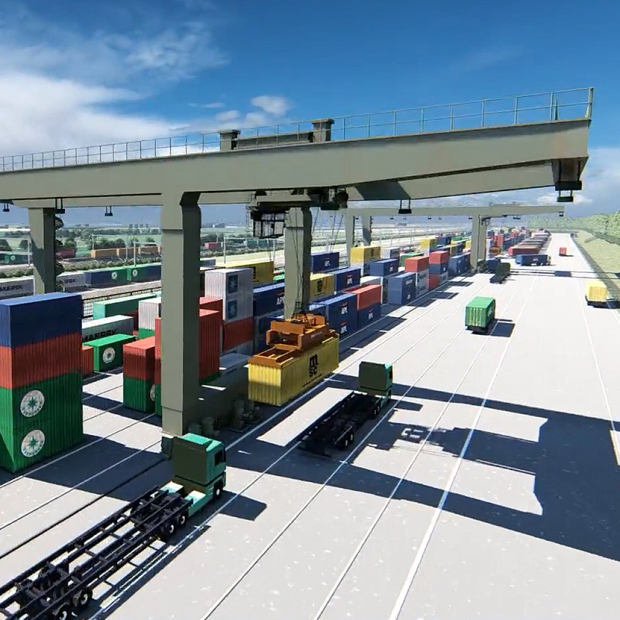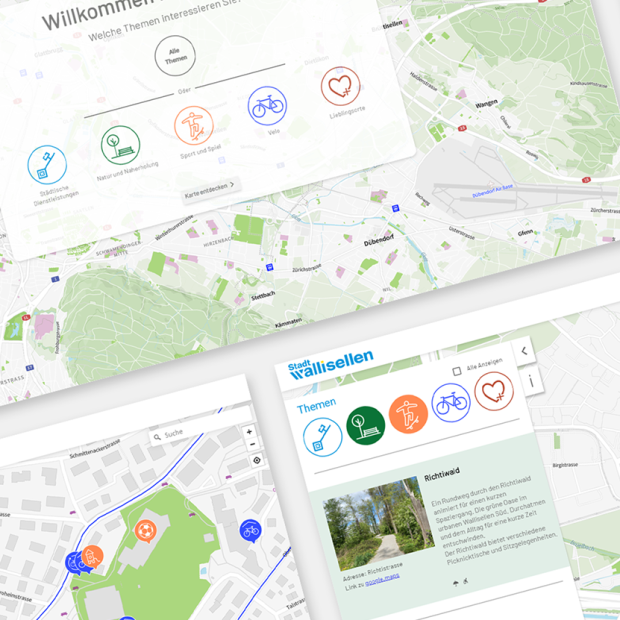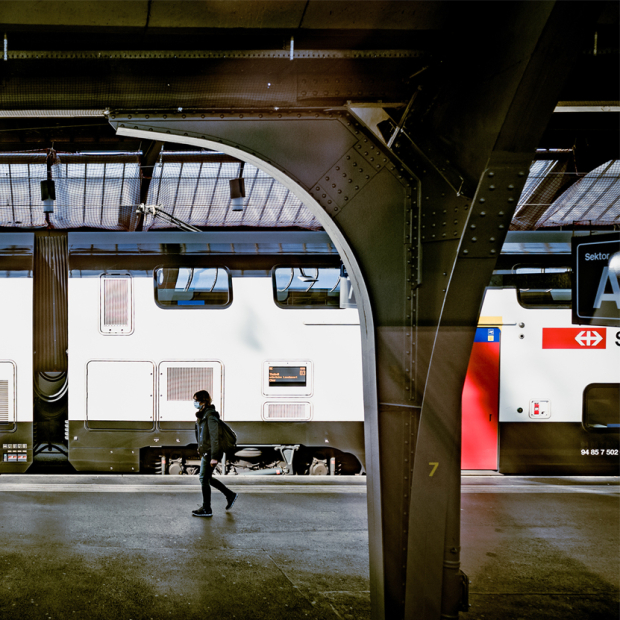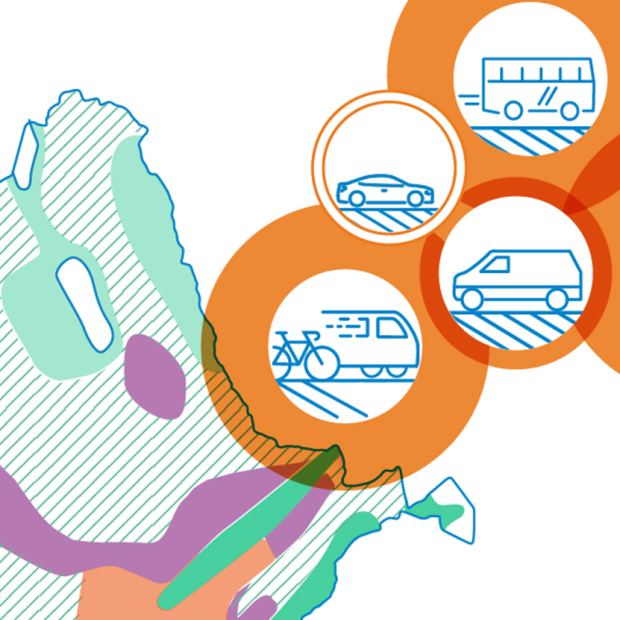

Self-driving vehicles and new transportation modes
Automated driving and connected-vehicle technology in the transportation sector have enabled the introduction of new hybrid transportation modes that combine aspects of both private and public transportation. These new modes are commonly referred to as personal-public transport, or PPT. Working with the Swiss Southeastern Railway, EBP recently completed a study of the opportunities and risks associated with PPT applications.
What are the new PPT modes? To what extent do PPT modes represent an attractive alternative? What impact can PPT solutions be expected to have on mode shares? What regulations would need to be introduced? What regulations would need to be relaxed to facilitate the availability of PPT?
New service modalities
Advances in the area of automated driving and connected-vehicle technology in the transportation sector have given rise to new transportation modes (so-called personal public transportation, or PPT). PPT distinguishes itself from conventional public transportation services by offering greater flexibility when it comes to departure times, travel routes and destinations (e.g. away from fixed transportation stops). In contrast to conventional private transportation options, PPT enables individuals to use a provided vehicle that can also be used by other persons separately or even simultaneously (simultaneous vehicle sharing). We see the market shaping up into three separate segments, including a basic public transportation service and two new PPT products (Flex and Select) that differ in terms of their flexibility and their accommodation of individual use. Depending on their travel objectives, customers will be able to flexibly combine the different service modalities.
Estimate of potential demand and profitability
The new Flex and Select service modalities represent an attractive option for consumers primarily because they offer an alternative to car ownership without the rigidity of conventional public transportation services. Compared to the use of a private vehicle, customers can expect to experience no more than minimal added travel time and reduction in comfort. Cities and municipalities will have the option to incentivize PPT over private vehicle use in urban centers. Demand in suburban and rural areas can be expected to be significantly lower. While the share of overall transportation volume accounted for by PPT (Basic, Flex and Select) can be expected to increase compared to today, demand will depend on the spatial structure of the region.
Regulations
The Swiss government, cantons and municipalities are all aiming to secure environmentally sustainable and community-friendly forms of transportation. While the new PPT applications could contribute to achieving this goal, their capacity to do this will depend on the extent to which they can shift mode shares in favor of environmentally sustainable options and raise the average number of passengers per vehicle. Important success factors include:
- Drafting an efficient approval procedure for providers of PPT services and oversight of proper vehicle operation: for instance, with respect to parking and maintenance options, vehicle equipment (e.g. to enable integration in municipal traffic management systems), and specifications designed to influence traffic volume.
- Owing to their experience and extensive facilities, existing public transportation companies are well-positioned to develop PPT services. A number of these should be able to operate at a profit or without public funding.The legal and financial framework should be designed to enable existing public transportation companies to seize this opportunity. It would also be possible to clearly demarcate cost-covering services from state-subsidized services. At the same time, opportunities will be available for new providers.
Recommended courses of action
The report, which is to be published in the 2nd half of 2018, includes recommended courses of action for public transportation companies, cities, cantons and the Swiss government.
Project partner
The report was drafted together with Swiss Southeastern Railway (SOB).
Follow-up studies as a part of a total package
The project was a part of a comprehensive study on the large-scale introduction of automated vehicles. The study gave rise to a preliminary analysis and revealed a need to conduct follow-up studies relating to the following subjects:
- Traffic engineering
- Effects on road safety
- Data and IT infrastructures
- Freight transportation and city logistics by road
- Impact on resources, environment and climate
- Challenges for cities and other urban areas
Study results
We compiled our findings in a synthesis: Large-Scale Introduction of Automated Vehicles – Applications and Effects in Switzerland, Report of September 5, 2018










